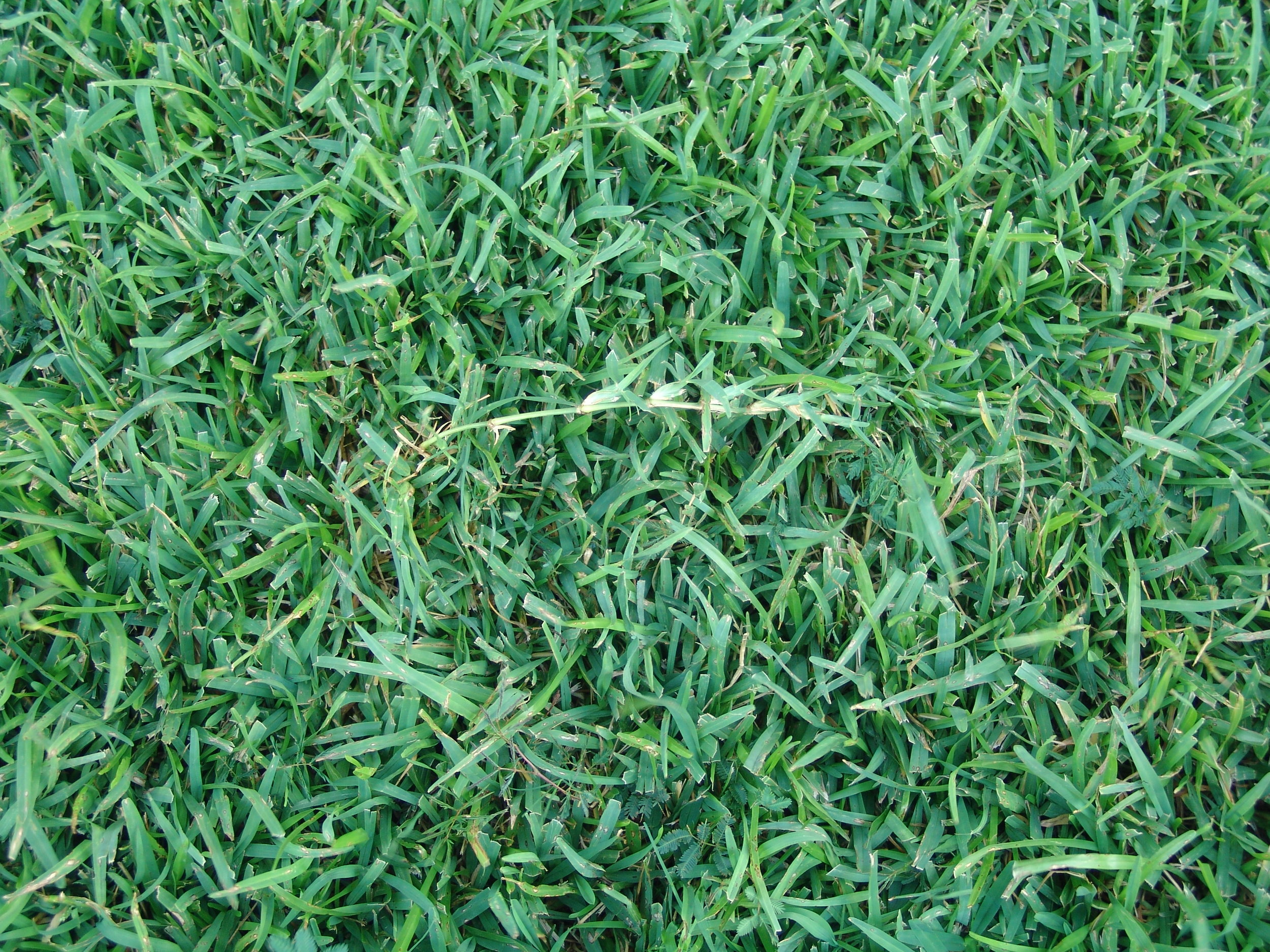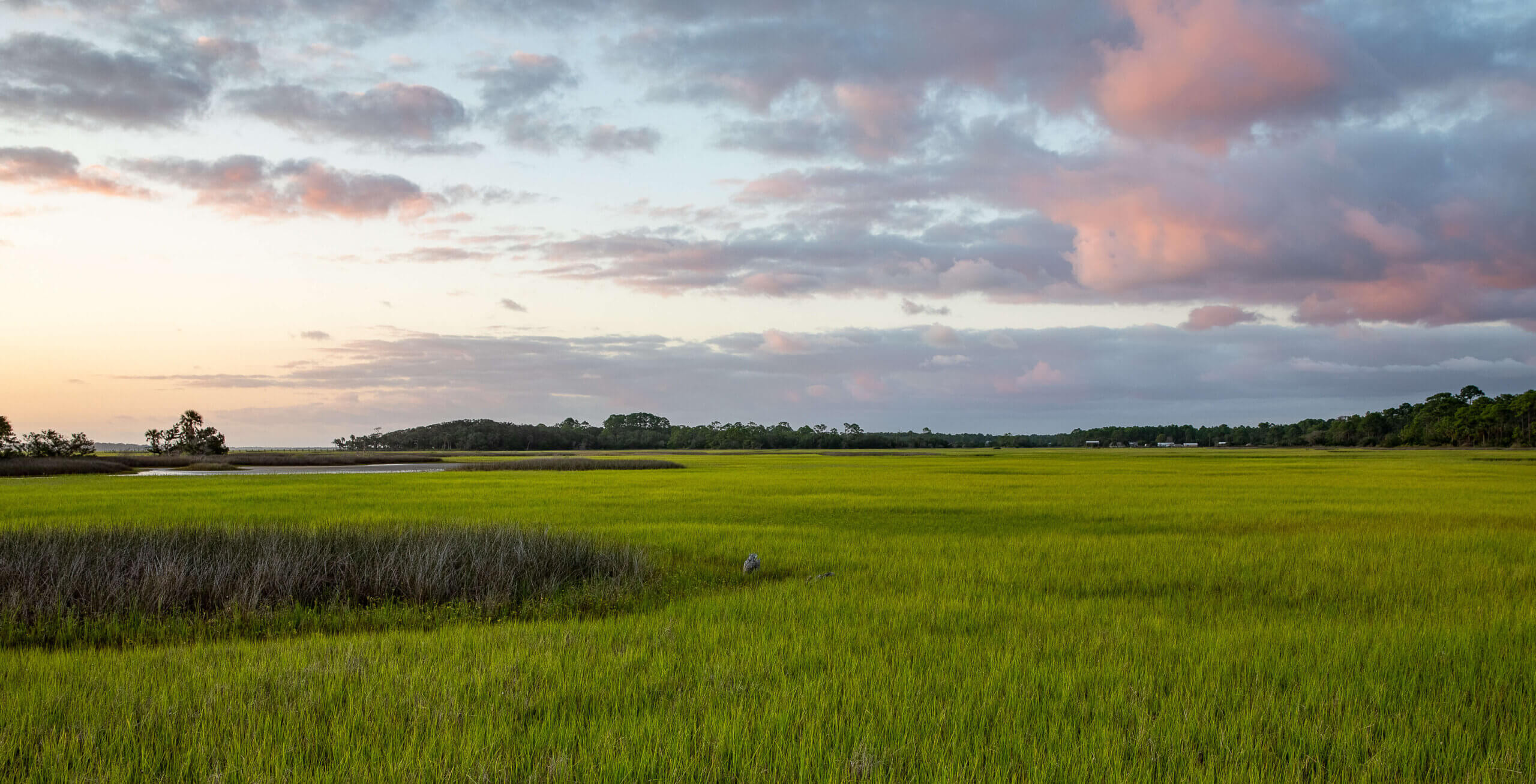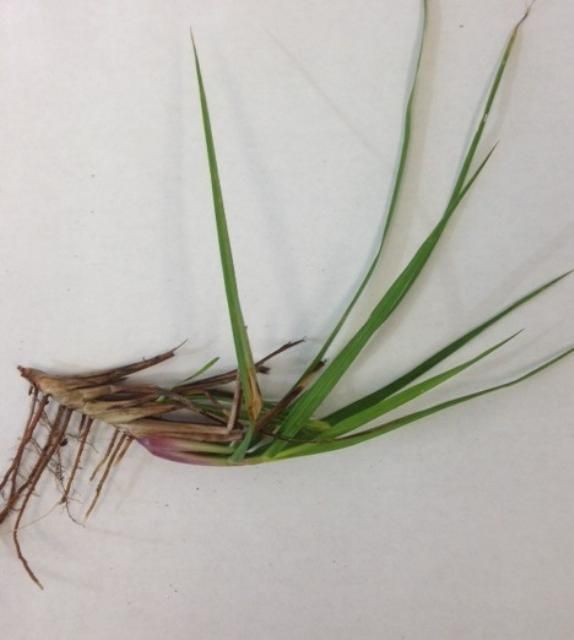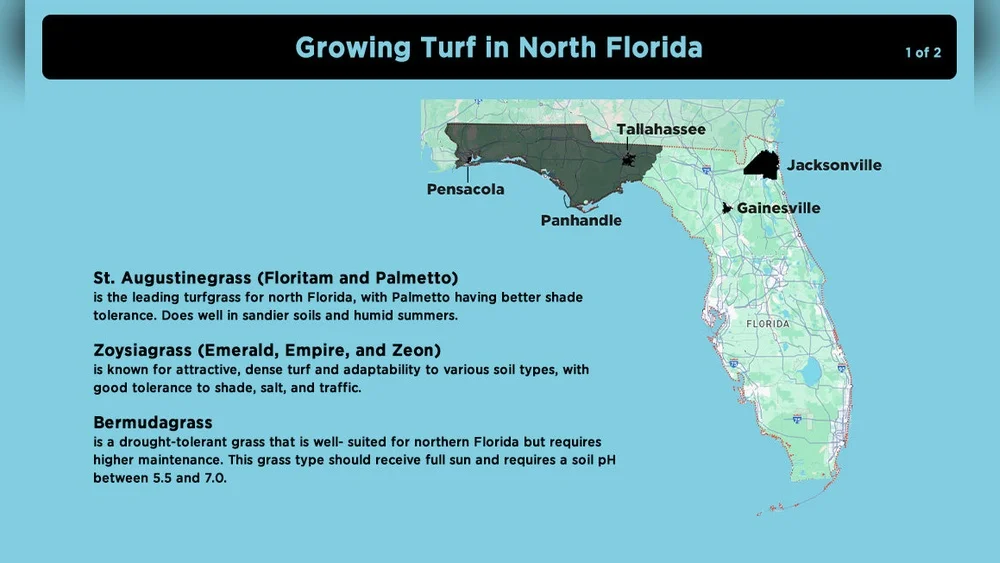Are you planning to give your North Florida lawn a fresh, green makeover? Knowing the best time to plant sod can make all the difference between a vibrant yard and a struggling patch.
If you want your new grass to take root quickly and thrive, timing is everything. In North Florida, the climate plays a big role in when you should lay sod to get the best results. Keep reading to discover the ideal seasons for planting, essential care tips, and how you can enjoy a lush, healthy lawn year-round with the right approach.
Your dream lawn is closer than you think!
Best Months To Plant Sod
Choosing the best months to plant sod in North Florida ensures strong roots and a healthy lawn. The climate plays a key role in sod growth and establishment. Planting at the right time helps the grass adapt well to the soil and weather. North Florida has mild winters and hot summers, making some months better than others for planting sod.
Spring Planting Benefits
Spring offers mild temperatures that help sod grow quickly. Rainfall during this season keeps the soil moist, aiding root development. New sod can establish before the hot summer arrives. Avoid overwatering to prevent root rot. Spring planting leads to a lush, green lawn by early summer.
Fall Planting Advantages
Fall brings cooler weather perfect for root growth. The soil stays warm, encouraging sod to settle deeply. Fall sod avoids summer heat stress and dry conditions. Roots develop slowly but strongly before winter. This time is ideal for lawns to prepare for the next growing season.
Summer Planting Tips
Summer planting is possible but needs care. High temperatures increase water needs for new sod. Watering often prevents drying and heat damage. Watch for fungal issues due to humidity and rain. Choose heat-tolerant grass types for better results in summer.
Winter Planting Considerations
Winter in North Florida is mild, allowing some sod planting. Growth slows down but roots can still grow. Less disease and insect pressure help sod survive winter. Water properly to support root health despite slower top growth. Winter planting works best with cool-season grasses or in protected areas.
Grass Types And Timing
Choosing the right grass type and planting time is vital for a healthy lawn in North Florida. Different grasses grow best during certain months. Planting at the proper time helps sod establish strong roots quickly. This reduces stress and improves growth. Below, we focus on two popular grasses: Zoysia and St. Augustine. Each has specific planting windows for success.
Zoysia Planting Period
Zoysia grass grows best in warm weather. The ideal planting period runs from March through October. During these months, soil temperatures rise enough to help roots grow fast. Early spring planting gives Zoysia time to establish before the heat of summer. Late fall planting is less common but can work if done before the first frost. Avoid winter planting since cold soil slows root growth. Keep the sod well-watered after laying to avoid drying out.
St. Augustine Optimal Months
St. Augustine grass prefers mild temperatures. The best time to plant it is between October and May. Fall planting allows roots to grow before the hot summer arrives. Spring planting also works well if done early. Avoid planting during the hottest summer months. Heat can stress new St. Augustine sod and cause poor rooting. Watering is key to help the sod stay green and healthy during establishment.
Watering And Care
Watering and care play a vital role in the successful growth of sod in North Florida. Proper attention to moisture levels helps sod roots establish firmly in the soil. Good care prevents stress and supports a healthy, green lawn.
Understanding how much and when to water is key. Overwatering or underwatering can harm new sod. Regular monitoring of the soil moisture ensures the grass receives the right amount of water for strong root development.
Proper Watering Techniques
Water new sod immediately after installation. Keep the soil moist but not soggy. Water lightly several times a day during the first two weeks. Gradually reduce frequency as roots grow deeper. Early morning watering reduces evaporation and fungal risks. Use a sprinkler to cover the area evenly.
Avoiding Overwatering
Too much water suffocates roots and slows growth. Watch for puddles or muddy spots. If soil stays wet for hours, reduce watering. Overwatering invites pests and diseases. Adjust watering based on weather and soil type. Let the top inch of soil dry before watering again.
Preventing Fungal Growth
Fungal diseases thrive in wet, warm conditions. Avoid watering in the late evening or night. Water early in the day to allow leaves to dry. Ensure good air circulation around sod areas. Remove excess thatch and debris regularly. Use fungicides only if needed and follow label instructions.
Regional Factors
Regional factors play a big role in deciding the best time to plant sod in North Florida. The area’s unique climate and geography affect how well new grass roots grow. Understanding these regional differences helps choose the right planting time. This section explains key regional factors to consider.
North Vs. South Florida Differences
North Florida has cooler winters and more distinct seasons. South Florida stays warm almost all year. These differences affect how sod grows and survives.
In North Florida, planting in spring or fall is best. These seasons offer mild temperatures and enough rain. In South Florida, sod can be planted most of the year due to warm weather.
Winter in North Florida can be too cold for some grass types. In contrast, South Florida’s mild winters allow for root growth even in colder months. This means sod must be chosen carefully based on location.
Climate Impact On Sod Establishment
Climate affects how quickly sod roots develop and how healthy the lawn becomes. North Florida’s weather includes hot summers and cooler winters. These shifts impact sod success.
Spring and fall offer moderate temperatures and rain, which help sod establish roots. Summer heat stresses new sod, so extra watering is needed. Winter slows growth but sod can survive with care.
Choosing the right planting time reduces stress on sod. It also lowers risks of disease and drought damage. The climate must guide planting schedules for best results in North Florida.
Soil Preparation
Preparing the soil is the first step to a healthy lawn in North Florida. Good soil helps sod roots grow deep and strong. It also keeps the grass healthy through hot summers and mild winters. Proper soil preparation makes planting sod easier and improves its chance to thrive.
Ground Readiness
Clear the ground of old grass, weeds, and debris. Remove rocks and sticks that block root growth. Use a rake to level the soil surface. Smooth ground helps sod lay flat and root evenly. Lightly till the soil to loosen compacted areas. This allows roots to penetrate more easily. Water the soil to settle it before laying sod.
Nutrient Management
Test the soil to check pH and nutrient levels. North Florida soils may need lime to balance acidity. Apply fertilizer with nitrogen, phosphorus, and potassium. These nutrients feed new grass and encourage root growth. Spread fertilizer evenly and mix it into the top few inches of soil. Avoid over-fertilizing, which can harm young sod. Proper nutrients give sod a strong start and lasting health.

Credit: dickersonlandscaping.com
Common Challenges
Planting sod in North Florida presents unique challenges. The climate can be tough on new grass. High heat and humidity stress the sod during establishment. Pests and diseases also threaten young lawns. Knowing how to handle these challenges improves sod success. Proper care helps grass roots grow strong and healthy.
Heat Stress Solutions
North Florida summers bring intense heat that stresses new sod. Heat can dry out roots quickly. Water the sod deeply and often to keep soil moist. Early morning watering reduces evaporation loss. Provide shade during peak afternoon sun if possible. Avoid heavy foot traffic on the sod in hot weather. Use mulch around edges to retain moisture. Choose grass types that tolerate heat well, such as St. Augustine. These steps reduce heat damage and help sod survive.
Pest And Disease Control
New sod attracts pests like chinch bugs and armyworms. These insects eat grass blades and damage roots. Check sod regularly for signs of pests or damage. Apply insecticides only if necessary and follow label instructions. Fungal diseases can develop in humid weather. Avoid overwatering and improve air circulation around the sod. Remove dead grass patches quickly to prevent spread. Using disease-resistant sod varieties lowers infection risk. Good pest and disease control keeps sod healthy and green.
Maintenance Tips
Maintaining newly planted sod in North Florida requires consistent care. Proper maintenance helps sod establish roots and stay healthy. Follow simple steps to keep your lawn green and strong throughout the year.
Lawn Feeding Schedule
Feed your lawn with fertilizer to support growth. Use a balanced fertilizer with nitrogen, phosphorus, and potassium. Apply fertilizer every 6 to 8 weeks during the growing season. Avoid feeding during the hottest months to prevent stress. Always water the lawn after applying fertilizer to help nutrients soak in.
Deep Watering Benefits
Water deeply but less often to encourage strong roots. Deep watering pushes roots to grow deeper into the soil. Shallow watering causes weak roots and dry patches. Aim to water your lawn about 1 inch per week. Early morning is the best time to water to reduce evaporation.
Mowing Best Practices
Keep grass at the right height for your sod type. For St. Augustine grass, mow at 3 to 4 inches tall. Avoid cutting more than one-third of the grass blade at once. Use sharp mower blades for clean cuts. Leave grass clippings on the lawn to add nutrients back to the soil.

Credit: www.duda-sod.com

Credit: edis.ifas.ufl.edu
Frequently Asked Questions
What Is The Best Month To Lay Sod In Florida?
The best months to lay sod in Florida are spring and fall. These seasons offer mild temperatures and optimal moisture for strong root growth. In South Florida, sod can be installed year-round with proper watering and care to prevent heat stress and fungal issues.
Is October Too Late To Lay Sod?
October is a good time to lay sod in most regions. Cooler temperatures help roots establish before winter. Ensure proper watering.
How Long Does It Take Sod To Root In Florida?
Sod roots in Florida typically develop within 2 to 3 weeks. Cooler seasons like spring and fall speed rooting. Consistent watering ensures faster establishment.
Is October 1 Too Late To Plant Grass Seed?
October 1 is not too late to plant grass seed in many regions. Cooler fall temperatures help seed establish before winter. Ensure soil stays moist for best growth. Planting timing depends on grass type and local climate conditions.
Conclusion
Planting sod in North Florida works best in spring and fall. These seasons offer mild weather and good rain for roots. Water your sod well to help it grow strong. Avoid too much water to prevent disease. Summer planting is possible but needs extra care.
Winter suits South Florida more, with less heat stress. Choose grass types like Zoysia or St. Augustine wisely. Keep watering steady no matter the season. Healthy sod needs attention and the right timing. Start now for a lush, green lawn that lasts.

